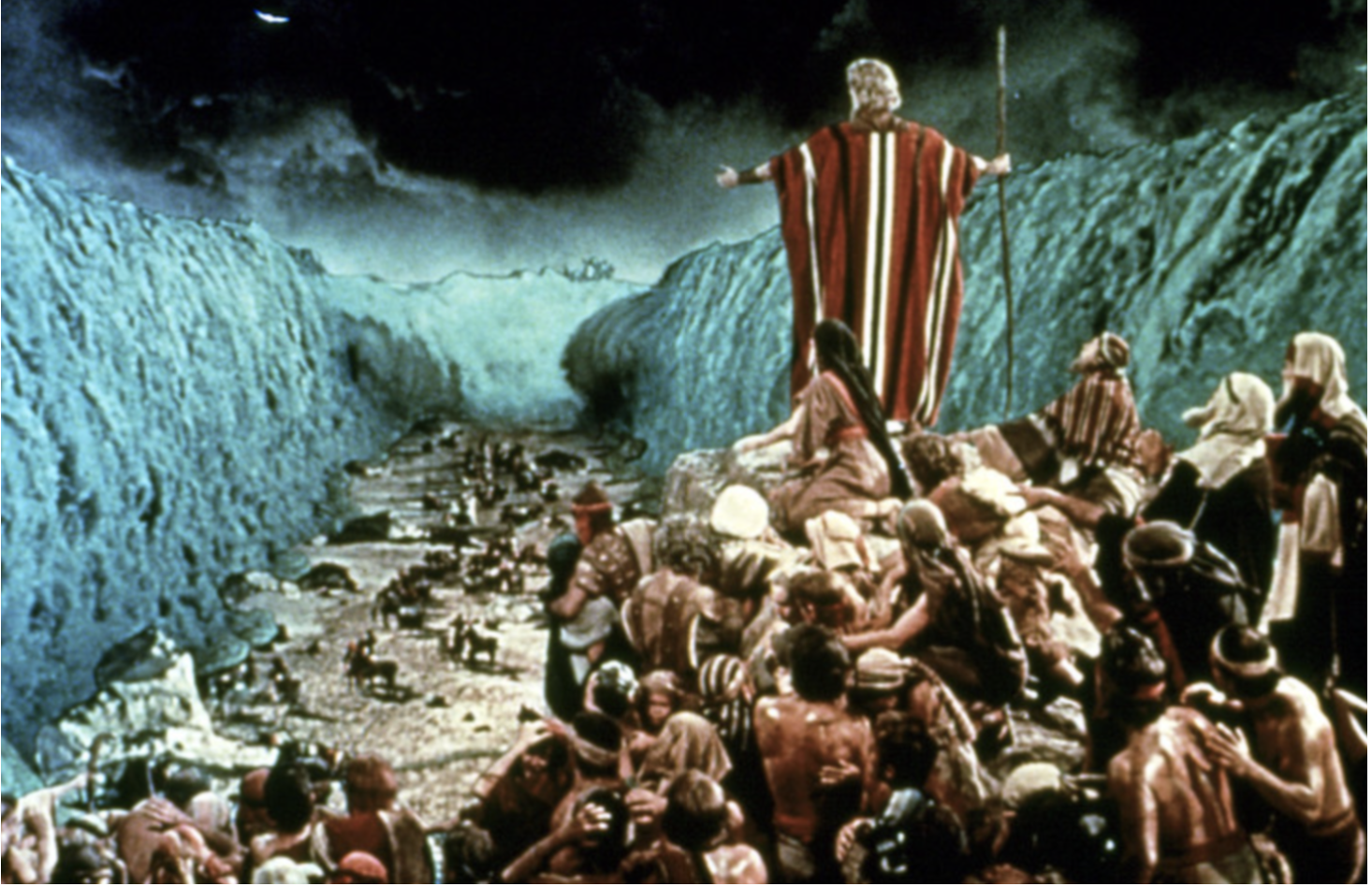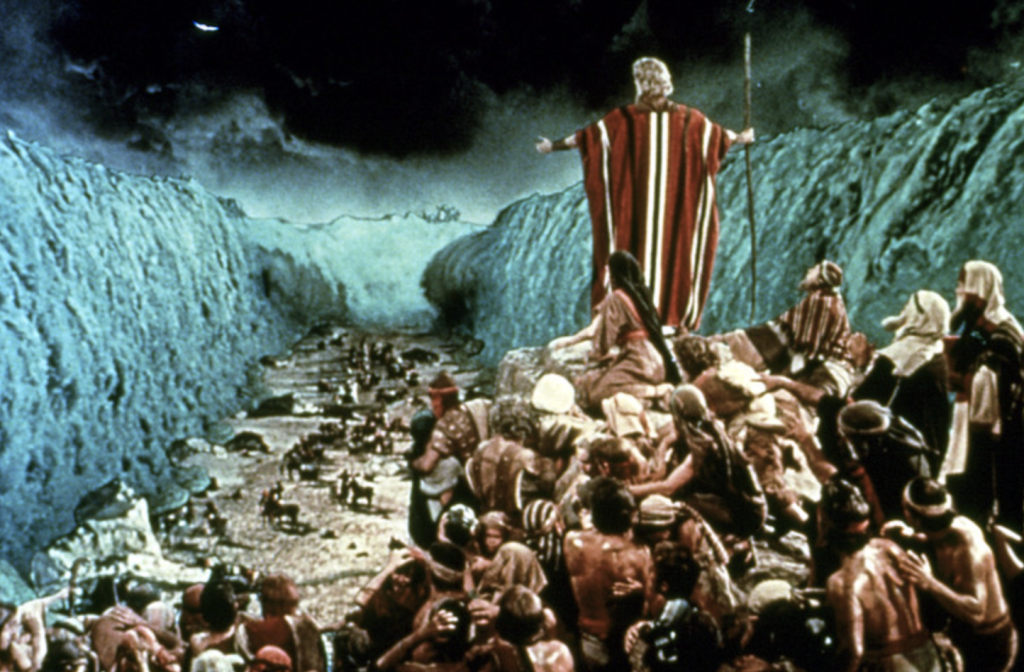
How Did Moses Part The Red Sea?
Researchers reconstruct wind and wave combinations that could have produced dry path across sea described in Exodus
It was a miracle of the ages, the parting of the Red Sea for the Israelites. Now modern science is claiming a feat that if true is almost as miraculous – figuring out how Moses may have done it and where.
Scientists and others have tried for decades to recreate the mystery of the Israelites’ escape from the advancing cavalry of the Pharaohs. Fifty years ago Cecil B De Mille deployed his own special effects wizardry to create a cinematic version in the Ten Commandments.
Now researchers at the National Centre for Atmospheric Research (NCAR) and the University of Colorado at Boulder (CU) claim to have used computer modelling to reconstruct the various wind and wave combinations that could have produced the dry land bridge described in Exodus.
Just forget about the Red Sea. Their conclusion relocates the scene of the Israelites escape to the Nile delta.
The researchers determined that a strong east wind, blowing overnight, could have driven back the waters on a coastal lagoon in northern Egypt long enough for the Israelites to walk across the exposed mud flats before the waters rushed back in, engulfing the Pharaoh’s cavalry.
“The simulations match fairly closely with the account in Exodus,” Carl Drews, the study’s lead author, said in a statement. “The parting of the waters can be understood through fluid dynamics. The wind moves the water in a way that’s in accordance with physical laws, creating a safe passage with water on two sides and then abruptly allowing the water to rush back in.”
Drews, who spent years studying the story of the crossing, relied on research by earlier scholars on the ancient geography of the area to reconstruct the likely locations and depths of various Nile delta waterways.
He used computer simulations to try to re-create the conditions that might have swept away the waters to expose dry land.
He ruled out the Red Sea as a location because it runs from north to south which does not readily fit the description in Exodus of an east wind sweeping the waters to one side.
He eventually concluded that steady 63mph winds from the east over a digitally reconstructed lake along the Mediterranean near today’s Port Said could have swept the waters back to the western shores exposing wide mud flats and creating a land bridge that would remain high and dry for four hours.
Other researchers have tried to reconstruct one of the most mysterious events described in the Bible.

Earlier studies have speculated that a tsunami could have caused the rapid retreat and advance of the Red Sea. But that does not fit with the account in the Bible of a gradual parting of the seas overnight under a strong east wind.
Other theories include a wind setdown with powerful winds lowering water levels in one area.
A Russian study suggested that hurricane strength winds from the northwest could have exposed a small reef near the modern-day Suez canal which would have given the Israelites their crossing.
But the Israelites would have been blown away by the gale force winds, Drews noted. And the book of Exodus mentioned an east wind.
“If you are going to match the biblical account, you need the wind from the east,” Drews told Discovery News.
His work, published in the online journal PLoS ONE, is part of a larger research project on the effects of wind on water depths, and the influence of Pacific typhoons on storm surges.
The conflict in the Middle East continues to destroy countless lives. The scenes since 7 October from Gaza and Israel have haunted millions around the world and the crisis is being felt with an increasing intensity in Lebanon and the West Bank.
As the war reaches a new stage, understanding what is happening – and what comes next – is more important than ever.
With correspondents on the ground and reporters providing live updates around the clock, the Guardian is well-placed to provide comprehensive, fact-checked reporting, to help all of us make sense of a terrible war which has already reshaped global politics.
We appreciate that not everyone can afford to pay for news right now. That’s why we choose to keep our journalism open for everyone. If this is you, please continue to read for free.
But if you can, can we count on your support at this perilous time? Here are three good reasons to make the choice to fund us today.
1. Our quality, investigative journalism is a scrutinising force.
2. We are independent and have no billionaire owner controlling what we do, so your money directly powers our reporting.
3. It doesn’t cost much, and takes less time than it took to read this message.